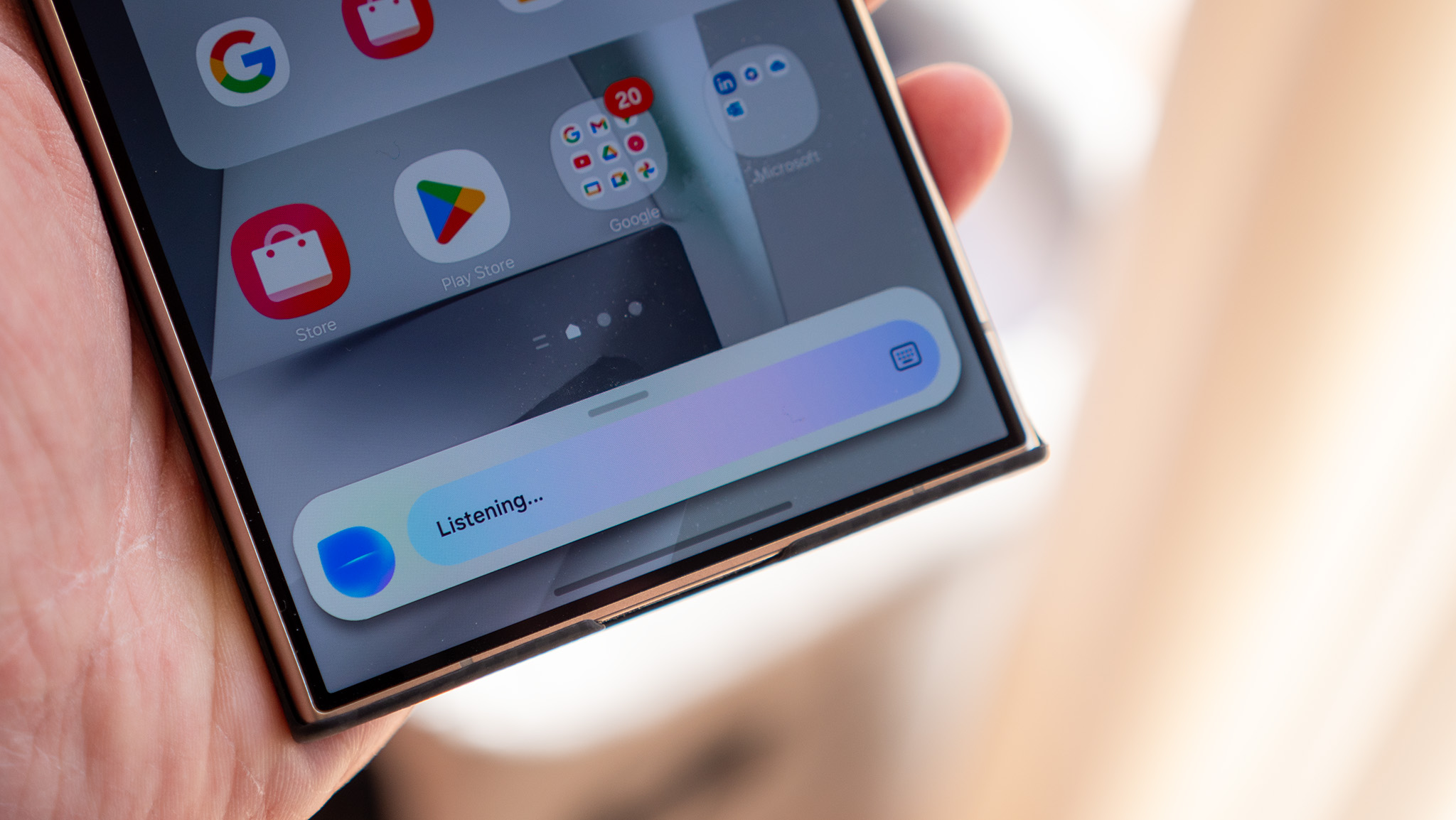Android needs to steal these iPhone 15 features ASAP
These eight features would make many Android phones even better.
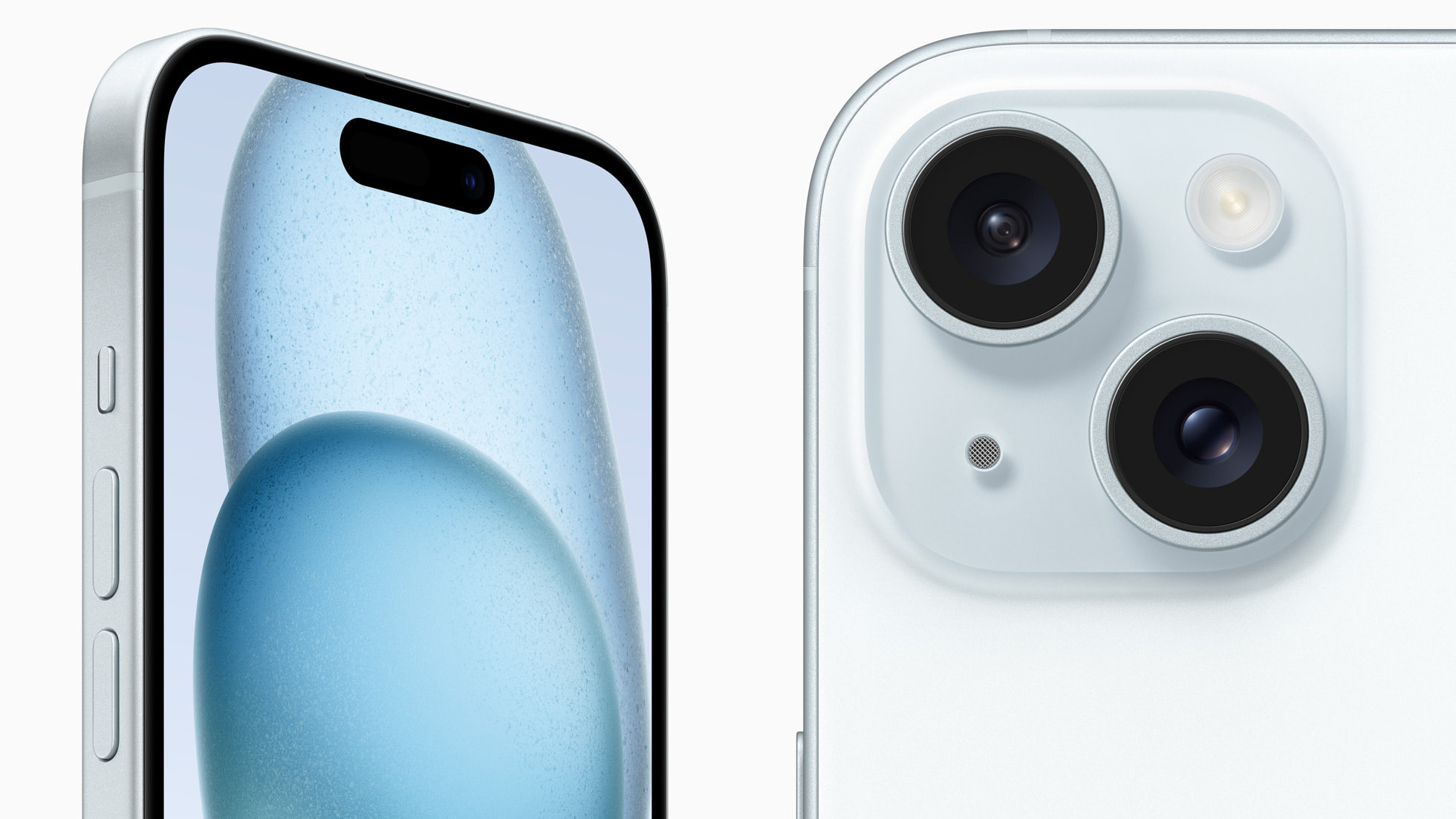
Every year, we ask the same questions: what features did Apple steal from Google, and what features could Android phones steal from iPhones? The iPhone 15 is a fairly iterative update compared to previous iPhone models, especially the iPhone 14 series, but there are still a handful of features we’d love to see become mainstream on Android phones.
Funny enough, a few of these features actually debuted on Android phones years ago but didn’t catch on. Now that Apple is making them more mainstream, we’d love to see the best Android phones pick up these features and keep them around for the long haul.
That’s why we’ve picked out eight things coming to the iPhone 15 that we’d love to see on upcoming Android phones like the Samsung Galaxy S24 and Google Pixel 8.
Siri custom voice
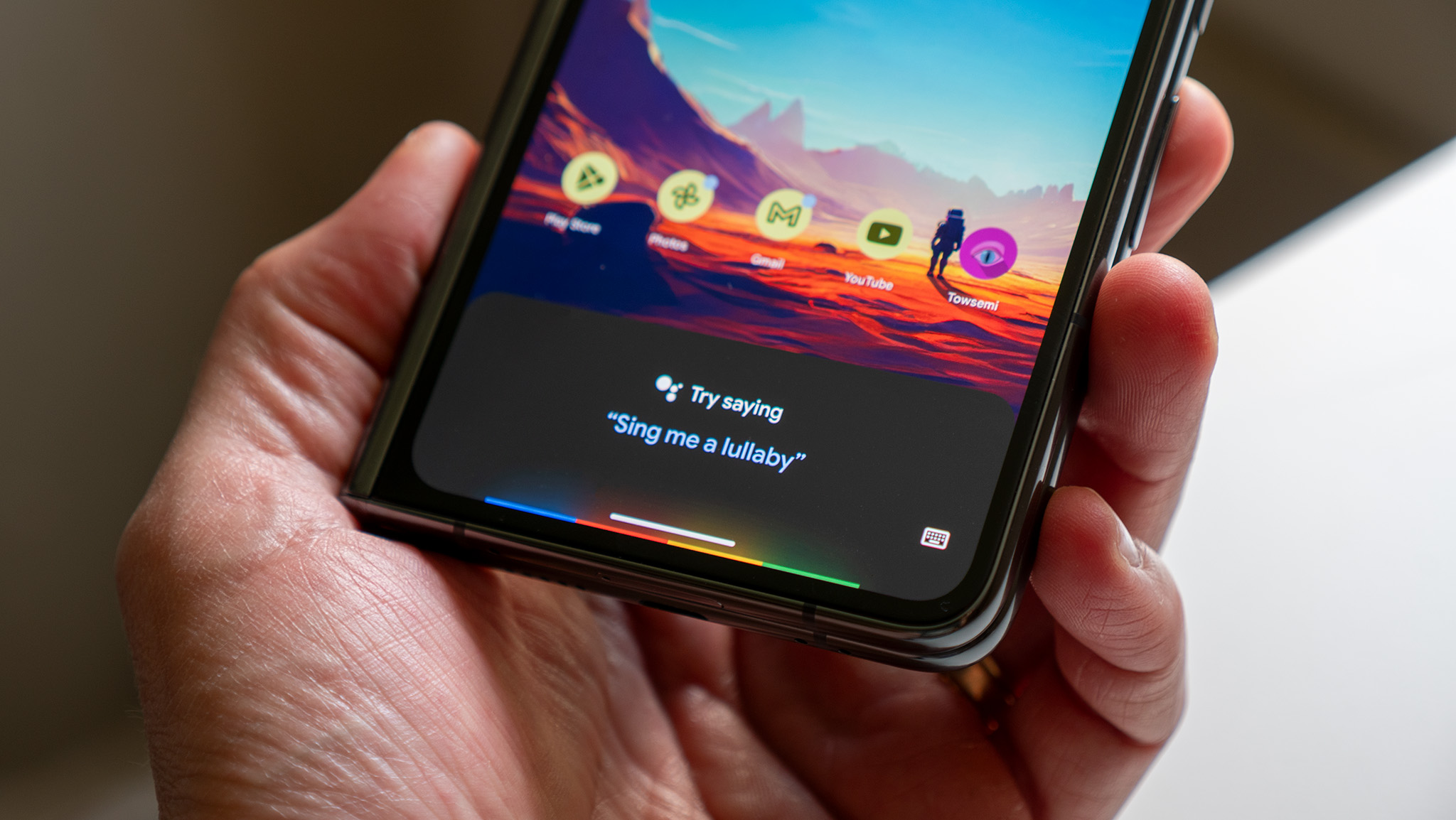
This one is actually an iOS 17 update but is, of course, applicable to the iPhone 15 since that phone ships with iOS 17 installed out of the box. I first saw this one on the MKBHD YouTube channel and was amazed that Google didn’t do it first.
In a nutshell, iOS 17 asks you to read off several prompts for about 15 minutes and then uses the snippets of your voice from that time to make Siri sound like you. It’s a flex, no doubt, but it’s a ridiculously cool feature that I’d love to see on new Android phones.
Google, after all, has been an AI-forward company for a long time, and it has seen serious pressure by Bing and ChatGPT to get more AI features integrated into its products and services over the past year.
Sure, a personalized voice that sounds like you might be considered creepy by some, but there’s no doubt that a feature like this would make plenty of sense on Google Assistant, which has had a much more natural voice than Siri since the inception of the digital assistant.
Get the latest news from Android Central, your trusted companion in the world of Android
Satellite connectivity
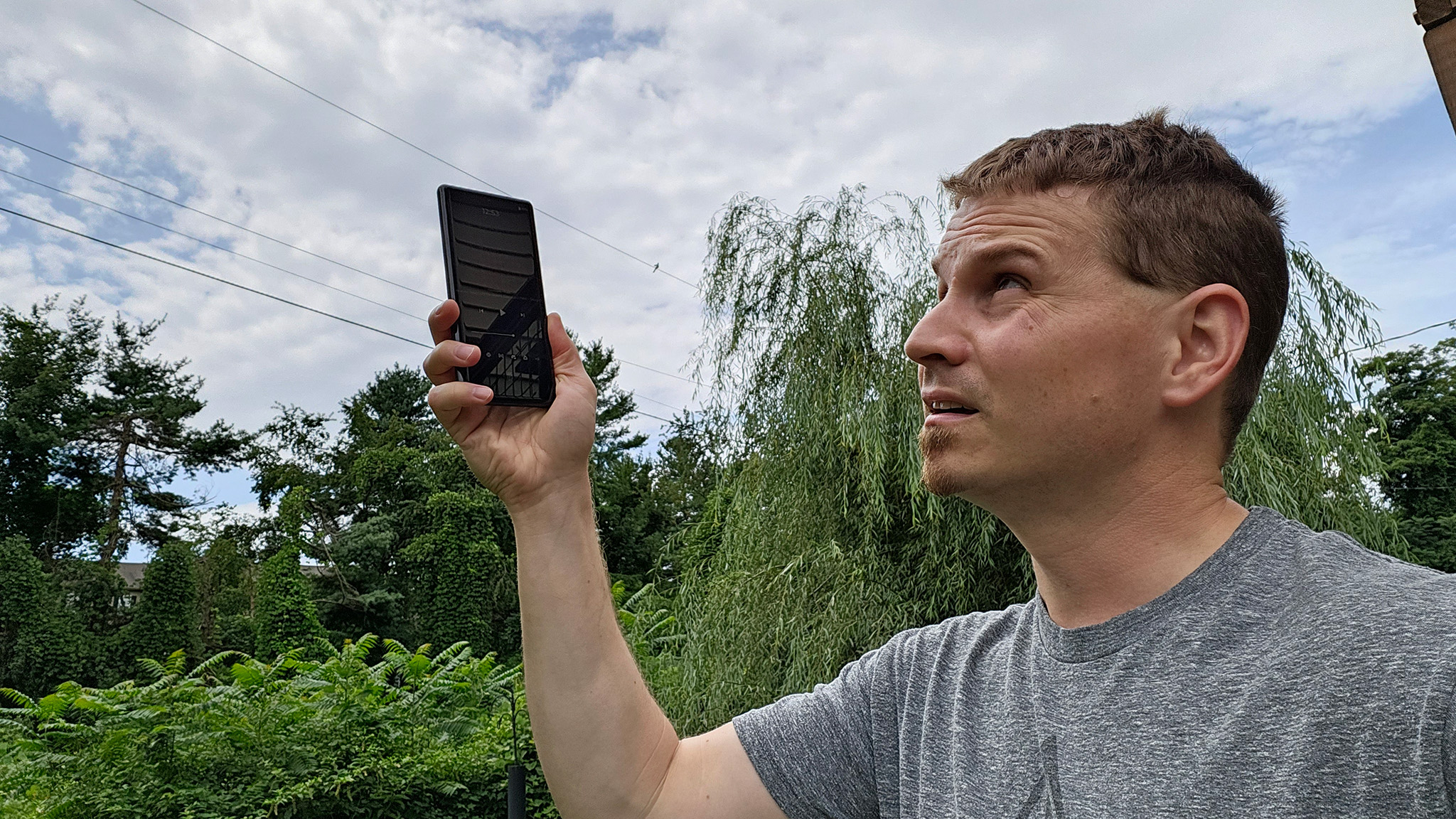
Satellite connectivity is one of the most important new features we’ve seen on smartphones since the inception of the concept. Great 5G coverage is one thing, but satellite connectivity assures that, almost no matter what, you can get a message out to someone in the event of an emergency.
I wrote about this in mid-August, right after the horrendous fires in Hawaii, because this feature absolutely must come to Android phones as soon as possible. Both the iPhone 14 and iPhone 15 series give their users the ability to connect to satellites in the most harrowing of situations — no matter if that means you’re out of cell range or the power grid is down — and deliver peace of mind that we’ve simply never had before.
T-Mobile and Starlink inked a deal last year that would bring satellite connectivity to phones on the T-Mobile network with Android 14, and that time is nearly upon us now as the final Android 14 beta just landed. But what about other networks like Verizon, AT&T, and all those networks outside of the U.S.? That’s a great question we don’t yet have answers for.
Find my friends with UWB
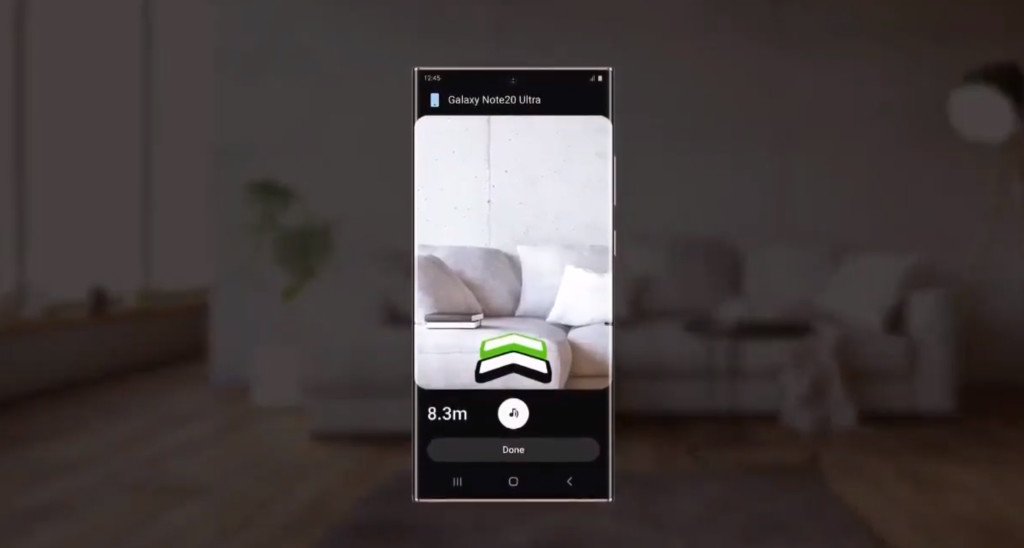
It’s been said that Apple plans features out years in advance, and the UWB (ultra-wideband) connectivity added to iPhones years ago is seeing an amazing new addition with the iPhone 15. In short, iPhone users who are already friends can find each other when in close proximity to one another. This is done with the usual suite of privacy rules that Apple has learned to put in place since Apple AirTags gained all that bad press for being used to stalk people.
Some of this functionality is, indeed, coming to Android, but it stops short of being able to help find friends or family locally when you get lost at a theme park or some other equally highly-populated area. Mostly, the new Google Find My Device 3.0 features are designed for using other devices to help find your own lost devices instead. However, we can imagine this sort of functionality coming to the service sometime down the road.
Automatic portrait mode

In what felt straight out of a Google Pixel event, Apple’s iPhone 15 can automatically detect and switch to portrait mode when it detects humans in a photo. I don’t know about you, but I’m a sucker for a good portrait mode and always test this feature against the best Android phones when I review the latest devices.
I’d love to see Google and other Android manufacturers jump on the bandwagon of including more metadata in images so adjustments can be made after taking a photo.
That means not only adding portrait mode-like background blur to existing images — something Google added to its Google One subscription for all phones in May 2022 — but also providing the depth data to adjust features like highlights and shadows more effectively.
3D Video
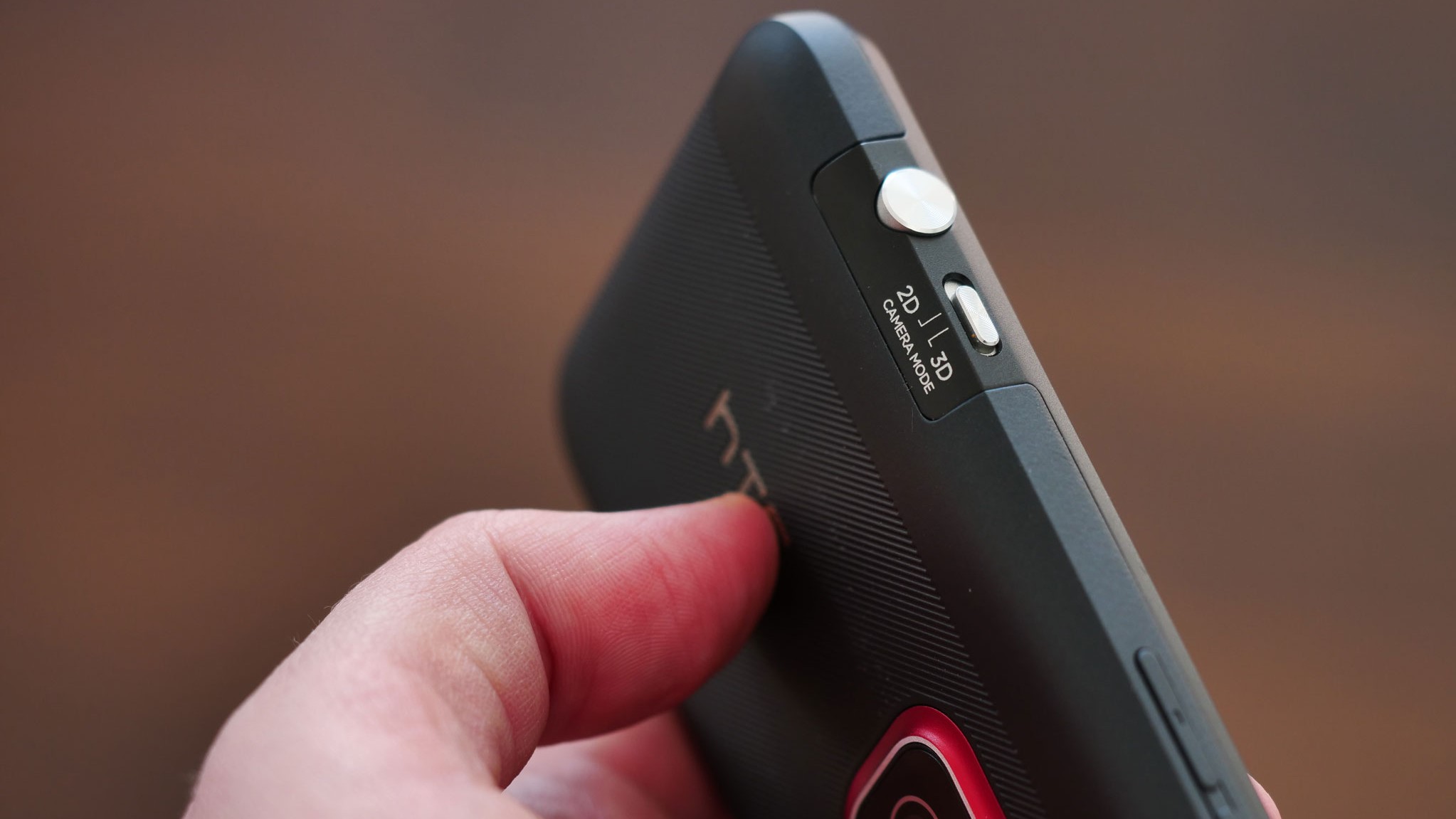
Alright, hear me out on this one. I know 3D TVs are long dead, and I don’t want them back. Apple mainly advertises 3D video capture on iPhone 15’s as a way to preserve memories to watch on its expensive Apple Vision Pro VR headset, but 3D video can be used for so much more than reliving the past in a more realistic way. This is something we actually mentioned in the features the iPhone 15 stole from Android since we've had at least one Android phone that can capture 3D and even display video, but it would be cool to bring it back in a much better form.
Just as I talked about above, adding more metadata to a photo or video means you can more easily adjust qualities and properties of it after capture. Being able to slightly adjust the angle or add cool effects to a video via AI would be even more effective if 3D metadata were provided by a phone.
Essentially, every phone these days has at least two cameras and could easily use one of them to capture additional data for use later.
Ring toggle switch
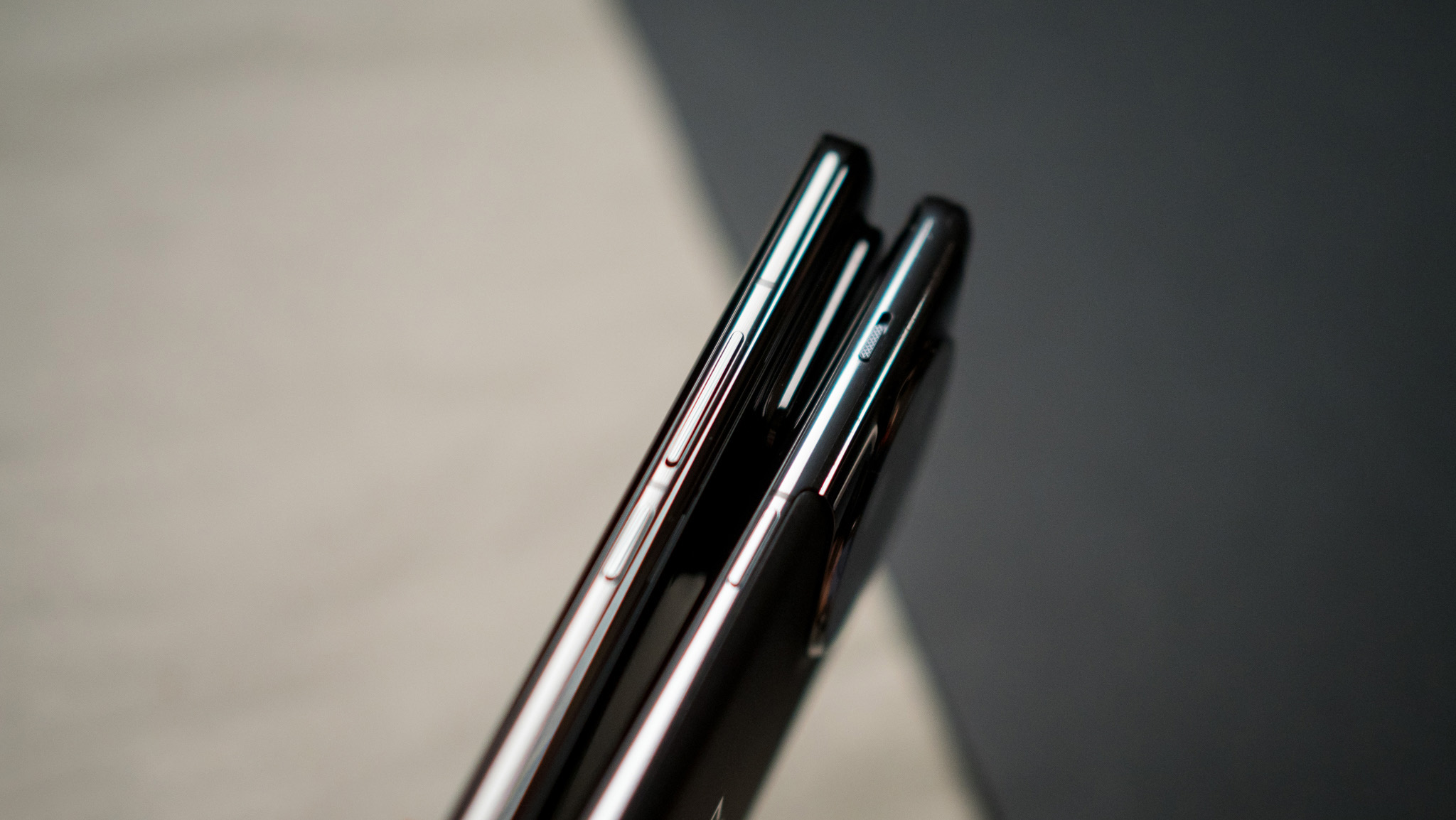
Since the beginning, iPhones have had an ingenious toggle switch on the side that makes it easy to instantly toggle between ring and vibrate modes. For whatever bizarre reason, OnePlus is the only company since then that’s used a ring status toggle switch on its phones in any meaningful way.
Now that Apple looks to be phasing out the ring toggle switch on its phones, Android manufacturers should finally start adopting the feature en masse. It would be a great way to not only add a small quality-of-life feature to our favorite Android phones in the coming years but also to add one more way to entice alienated iOS users over to the Green Side.
Titanium frames and ceramic backs
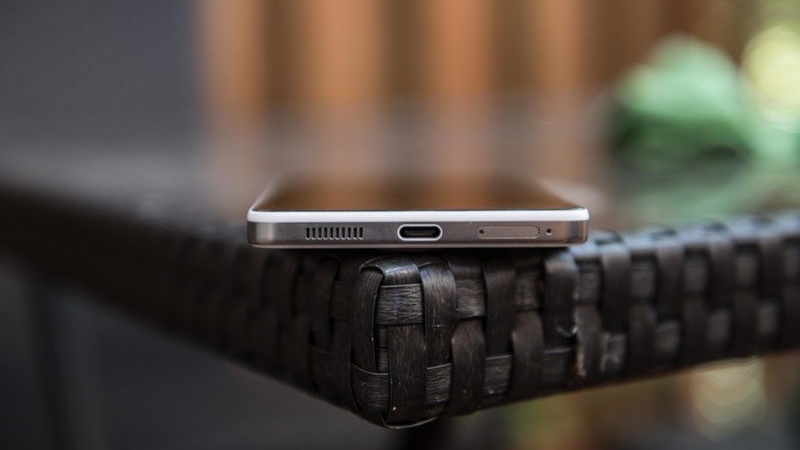
Years ago, a tiny company called Essential launched a phone that would live rent-free in the minds of Android power users for years to come. The fabled phone was not just the first “bezel-less” phone to ever launch on the market but also the first one with a titanium frame and ceramic back combination.
The result was a phone that felt more premium than any phone that came before it, but since then, few other phones have bothered to wield either of these ultra-premium-feeling features. Now that the most expensive iPhone 15 Pro models are sporting titanium frames, I’d love to see more high-end Android phones adopt the same.
Plus, ceramic backs hold up to the pressures of daily life far better than glass, and they can still be used for things like wireless charging and NFC payments. You can drop a phone with a titanium frame and a ceramic back down a flight of stairs without either breaking. Your display won't fare as well, but at least the rest of the phone would be fine!
But if that can’t be done…
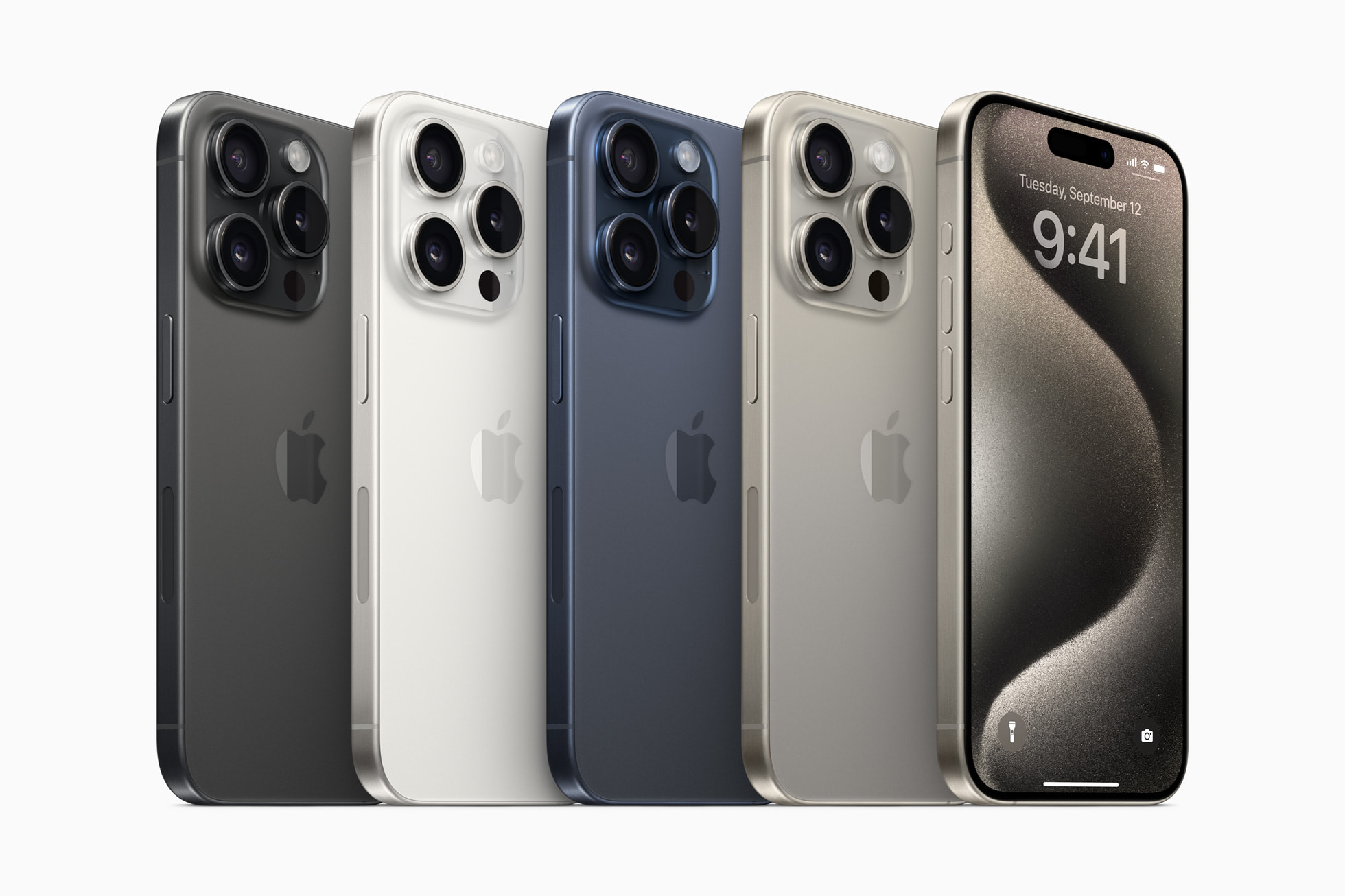
I’d at least like to see more Android manufacturers improving their repairability scores. The iPhone 15 now spots what Apple calls “an easily removable back” to help aid in simpler repairs — or even repairs that can be done by some users — and it’s about time more Android phones become easier to repair.
Some phones, like the Fairfone 5, go above and beyond the call of duty here and offer tons of easily user-replaceable parts, which is especially handy for folks who like to hold on to their phones for more than a year or two.
That’s especially the case for batteries, which, as you probably know from personal experience, significantly degrade in capacity and performance over the period of a few years. If anything, easily-removable phone backs could help bring back removable batteries, which are coming back in vogue thanks to the European Union.
Phone deals: Best Buy | Walmart | Samsung | Amazon | Verizon | AT&T

